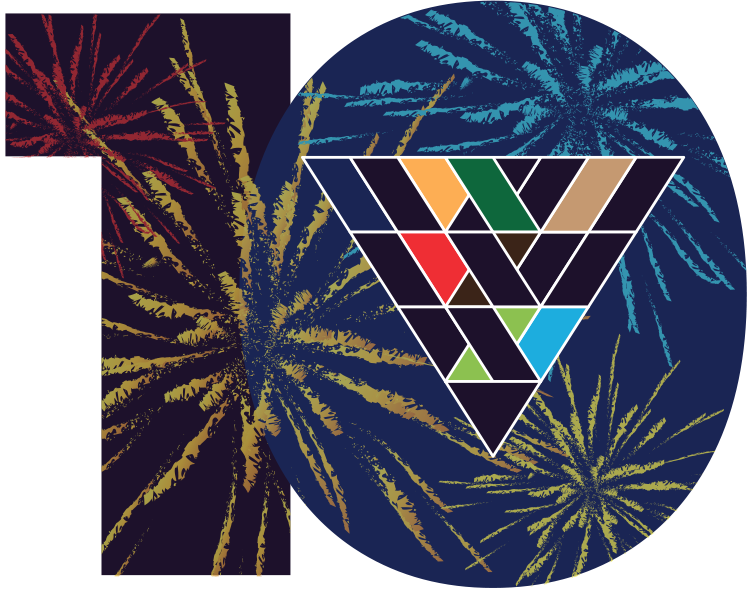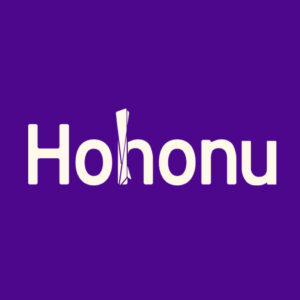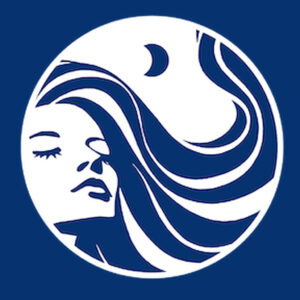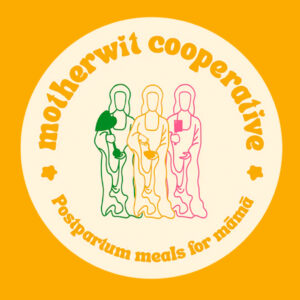It feels like 2015 flew by, but at the same time it feels like our board and staff retreat in February 2015 was years ago. This year has seen Purple Mai’a expand from serving one middle school with after-school technology maker classes to serving three schools. It’s also been a year of making connections and meeting people as we launched our community workshops, made some new hires, secured some new funding, and continue to grow relationships with partners that will vision a better future with us.
Co-founder Donavan gets a shot of board and staff members at Ka’ala farms for our retreat in February 2015.
Time passing sometimes allows you to figure out what matters–of the many things we talked about at Ka’ala, the thing I remember today, almost a year later, are the ideas of kumpang, empowerment, and mo’o. These ideas set the tone for this year and capture some of the ways I’ve seen our organization and team members growing.
First there’s kumpang. Donavan brought it up as one of the values that shaped him growing up in a multicultural plantation community on Lana’i. Donavan explained that it’s a Tagalog word that people used to express the idea that we all need to work together and give it our all. I did very minimal research to find out a bit more about the history of that word, and learned that it means surrogate family. (We welcome any knowledge others have to share about this word/concept, where it came from, and what it means in your experience.)
Kumpang makes me think of the workshops we’ve put on this year and the relationships they’ve helped us to build as a staff and with other educators, students, and parents. It’s really been wonderful working with the folks at Nanakuli Boys and Girls Club, ‘Iolani Sullivan Center, Queen Lili’uokalani Children’s Center Honolulu Unit, and Farrington High School to put on workshops in July, August, and December. Seeing everyone–even several of our board members–come out on the weekend and kumpang to put on these events has been really inspiring.
In 2016 we’ll continue with these workshops, with the next ones happening in January and March at Kamehameha Schools MS. Stay tuned to find out more about these.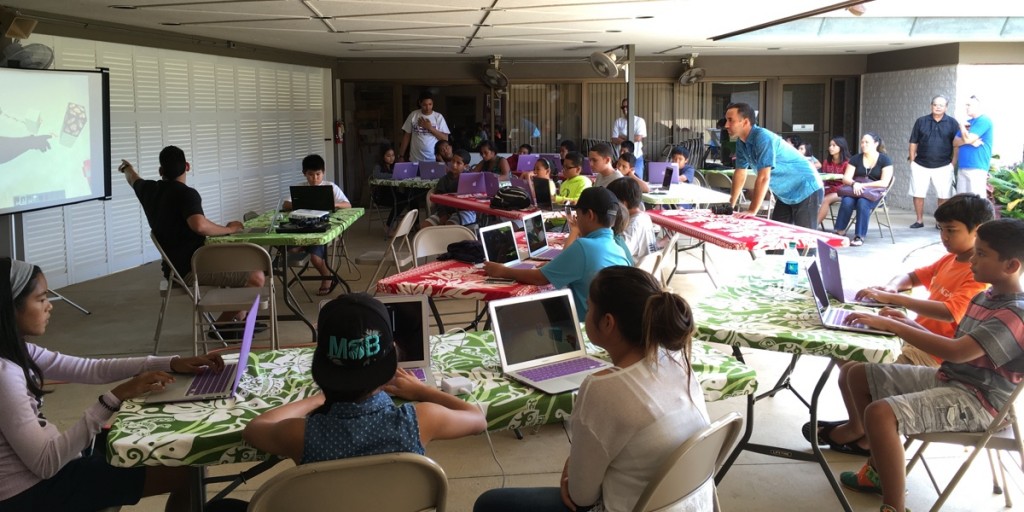
Instructor Bill leads a workshop on logic gates at QLCC in December 2015. (Photo from Ryan Ozawa)
Next is Empowerment–that is probably the most important thing that we seek to do. Although technology education may come with multiple important benefits, at the end of the day being a maker is about feeling empowered to solve problems and shape the world around us, whether we are building a lo’i or an app. 2015 has seen our organization become more empowered in exciting ways, and it is starting to show in our students.
In the early fall we were excited to receive several grants (from Island Insurance Foundation, the Oio Fund, and the Omidyar Ohana Fund) that allowed us to hire a second instructor (and a kickass intern), buy a fleet of refurbished macbook airs, and have the resources to make it through the 2015-2016 school year.
This is important because, as our surveys at workshops show, students prefer to learn about technology from a teacher. But interestingly, when they have that kind of in-person support, they feel empowered to explore further and deeper into coding than they might have on their own. Some students in our after school classes have started to forego Minecraft play time to keep working on coding problems–to their instructors’ astonishment.
Toward the end of 2015 we have also begun planning a pilot project for 2016 with Hui Malama Learning Center on Maui, where we will teach their students partially by flying over, but mostly using a flipped model and doing instruction online using video conference technology. Marion has put together a curriculum about game design that we hope will be fun and ultimately empowering for the high opportunity students that Hui Malama works with. It’s an experiment! But we are excited to meet the students and get started in January.
After-school students at Kamaile Academy pose with a check from Island Insurance Foundation that helped us buy a fleet of macbook airs that are used in classes and workshops.
Last is mo’o. It was brought up at the retreat by Kamuela, who explained it as the idea of standing in a succession with one’s ancestors. (Again, any knowledge others may have about this word/concept is welcome.) This concept informs our work developing a Hawaiian and Pacific Islander way of doing coding and computer science. In 2015 Mauna Kea pushed us into deep reflection on what our commitments are and how we stay mo’o in our work now and into the future. On the backend of things we also strove to stay mo’o while working on how we evaluate our programs–what it is we measure–what success looks like. (Inspiration came from the evaluation innovations led by the women at Kokua Kalihi Valley.)
Our evolving logic model for evaluation, which may grow new petals in the future.
In 2016 I feel that we are primed to make some of our largest strides in this area, as we plan an Aloha ‘Āina Hackathon for the summer of 2016. We can’t say much yet about what this will involve, but we do know that this is going to be a hackathon done Hawaiian style–with fewer energy drinks and more pa’i ‘ai. It will bring together students, dev people, and cultural practitioners with a unique dataset and a mandate to make something that builds Aloha ‘Āina.
That’s it! We hope to see you at one of our workshops next year, and/or at school, as we build in more after-school classes in the 2016-2017 school year. A hui hou!
